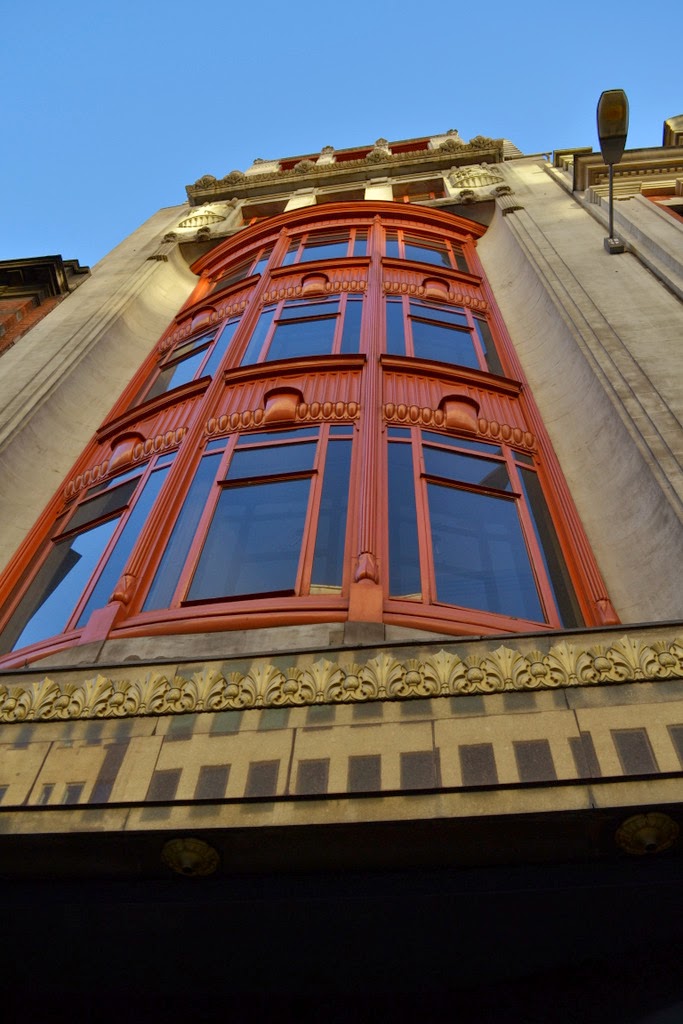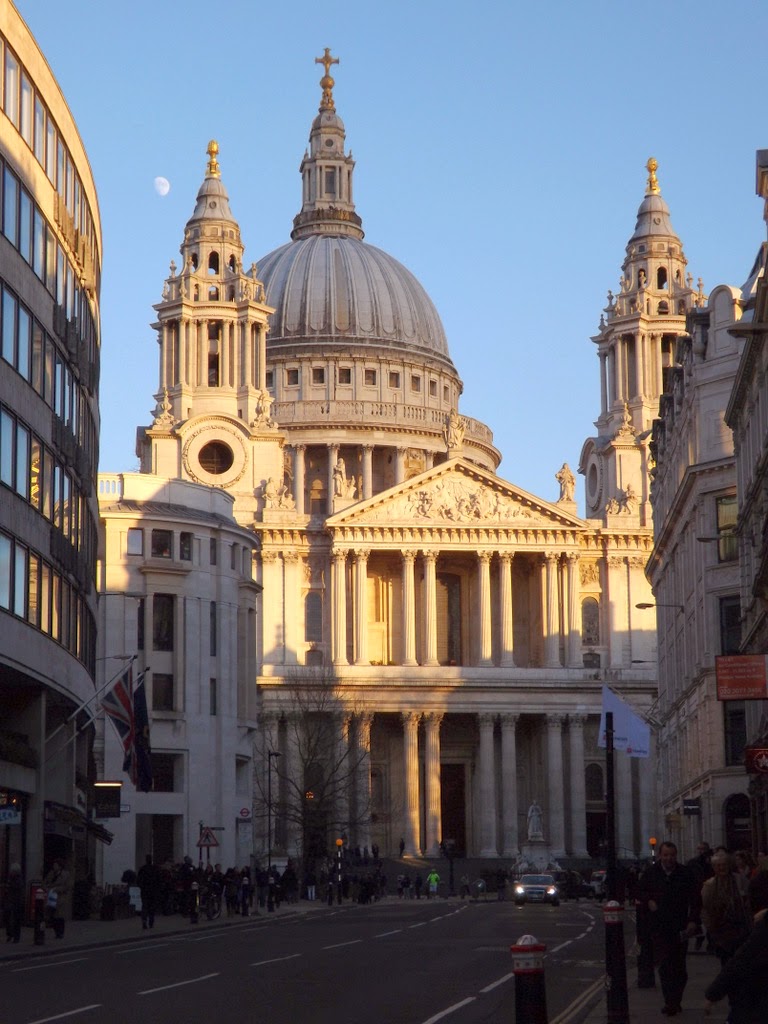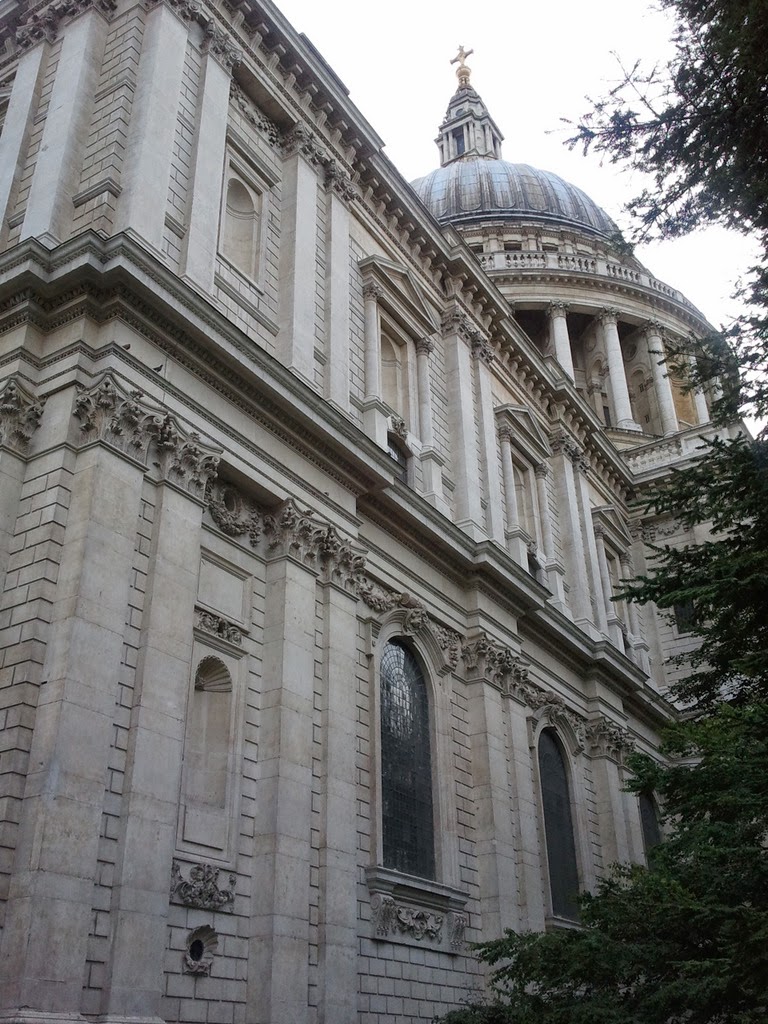I would like to admit that it is a hard task for me to write about London because I have to choose the best pictures from our walks and it is very boring. Therefore I have decided that I am going to write a new London walk post after our next visit. So this post is about Mottisfont which we visited two weeks ago.
We bought a National Trust family membership in the summer when we were visiting Claremont Landscape Garden. The membership was not too expensive and we can visit lots of beautiful places for free with it. One of them is Mottisfont whcih is between Winchester and Salisbury.
It was a melancholic early autumn day: little bit hazy, dull but warm:
We bought a National Trust family membership in the summer when we were visiting Claremont Landscape Garden. The membership was not too expensive and we can visit lots of beautiful places for free with it. One of them is Mottisfont whcih is between Winchester and Salisbury.
It was a melancholic early autumn day: little bit hazy, dull but warm:
 |
| Mottisfont |
The story of Mottisfont began in 1201 when William Briwere - who was the right hand man of four Plantagenet kings - founded an augustinian monastery at this place.
 |
| The remaining part of the monastery |
Monks had a thriving estate by the 14th Centruy but a lot of them died because of Black Death in 1348. As they were waiting for the Pope's help, another disaster happened again: an earthquake demolished their buildings. Finally, they left the monastery during the Dissolution (1536-1541) when Henry VIII closed or destroyed all monasteries and churches.
The king gave Mottisfont to his friend, the statesman Lord William Sandys who built a new, Tudor style house for himself. He did not destroy the church in order to use its stones but constructed his new house around it. Therefore you can see some medieval parts in the house. Poor Lord Sandys did not enjoy his new house for too long because he died four years later.
His successor died in 1684 so their nephew, Sir John Mill inherited it and his family lived here for 200 years. Interestingly, only the 6th baron, Sir Richard wanted to change the characteristics of the house. He rebuilt it in Georgian style in the 1740s and he improperly began to call it an 'abbey'.
The king gave Mottisfont to his friend, the statesman Lord William Sandys who built a new, Tudor style house for himself. He did not destroy the church in order to use its stones but constructed his new house around it. Therefore you can see some medieval parts in the house. Poor Lord Sandys did not enjoy his new house for too long because he died four years later.
His successor died in 1684 so their nephew, Sir John Mill inherited it and his family lived here for 200 years. Interestingly, only the 6th baron, Sir Richard wanted to change the characteristics of the house. He rebuilt it in Georgian style in the 1740s and he improperly began to call it an 'abbey'.
 |
| This bear is the part of the Mill's coat of arms |
The last Mill died in 1835 and the estate was left to Reverend Sir John Barker who changed his name to Barker-Mill. He was a keen sportsman: he loved playing cricket and hunting. He had a stud and bred hunting dogs. After he died in 1860 his widow lived in the house for more than 20 years. Mrs Barker founded the first school in Mottisfont village.
When she died she left the estate to a distant cousin: Mrs Marianne Vaudrey. She let it for a rich merchant banker, Daniel Meinertzhagen and his wife, Georgina. The couple loved the house and they rented it although they were not allowed to install electricity and central heating. They had 10 children who enjoyed the beautiful garden. Their parents were not bored either: among their guest were George Bernard Shaw, Charles Darwin, Cecil Rhodes, Henry Stanly (who had found Dr Linvingstone in Africa) and Herbert Spencer.
After their oldest son had died in an accident in 1898 they moved out. Their second oldest son, Richard was a soldier, explorer and ornitologist. It is worth reading his controversial, interesting biography: supposedly he changed his diary later, stole from his co-scientist, killed his second wife and he was a spy... We found a detail of his memories in the playground:
When she died she left the estate to a distant cousin: Mrs Marianne Vaudrey. She let it for a rich merchant banker, Daniel Meinertzhagen and his wife, Georgina. The couple loved the house and they rented it although they were not allowed to install electricity and central heating. They had 10 children who enjoyed the beautiful garden. Their parents were not bored either: among their guest were George Bernard Shaw, Charles Darwin, Cecil Rhodes, Henry Stanly (who had found Dr Linvingstone in Africa) and Herbert Spencer.
After their oldest son had died in an accident in 1898 they moved out. Their second oldest son, Richard was a soldier, explorer and ornitologist. It is worth reading his controversial, interesting biography: supposedly he changed his diary later, stole from his co-scientist, killed his second wife and he was a spy... We found a detail of his memories in the playground:
After Meinertzhagens left the house Mrs Vaudrey recognised that they had installed central heating after all. As she loved gothic architecture she wanted to summon the spirit of the monks. So she removed the central heating and took down some walls in order to make medieval walls visible. After this huge renovation she let the house for shooting parties! Finally, she decided to sell it in 1932.
Maud and Gilbert Russell bought the estate in 1934. Their first task was to install electricity and central heating (lots of money for these conversions again:-)). They did not alter the oustside of the house but redecorated and refurbished the rooms in 18th and early 19th Centruy Neo-classical style.
Maud was a generous supporter of artists and an art collector. She hosted lots of artists in the house for example Rex Whistler, Russell Page, Ian Fleming, Boris Anrep - the latest was her lover. Maud sat for Modigliani, but she did not like his painting of herself.
When her husband died she offered the ownership of the estate to the National Trust. After long negotiations she gave her possessions to the company in 1957. She lived in the house for the next 15 years then moved to Mottisfont village and lived there until her death in 1981.
When she moved out she removed all of her belongings therefore the National Trust had to refurbish the house according to the remaining photos, and in the same style which Maud had liked. They were absolutely succeesful! I had an impression that occupants had had left rooms just one minute ago:
Maud and Gilbert Russell bought the estate in 1934. Their first task was to install electricity and central heating (lots of money for these conversions again:-)). They did not alter the oustside of the house but redecorated and refurbished the rooms in 18th and early 19th Centruy Neo-classical style.
Maud was a generous supporter of artists and an art collector. She hosted lots of artists in the house for example Rex Whistler, Russell Page, Ian Fleming, Boris Anrep - the latest was her lover. Maud sat for Modigliani, but she did not like his painting of herself.
When her husband died she offered the ownership of the estate to the National Trust. After long negotiations she gave her possessions to the company in 1957. She lived in the house for the next 15 years then moved to Mottisfont village and lived there until her death in 1981.
When she moved out she removed all of her belongings therefore the National Trust had to refurbish the house according to the remaining photos, and in the same style which Maud had liked. They were absolutely succeesful! I had an impression that occupants had had left rooms just one minute ago:
You can see the saloon painted in trompe l'oeil style on the next picture. It is Rex Whistler's work. The trompe l'oeil is a painting style in which things are painted in ways that make them look like real objects. You can see a 'relief'' above the sofa in the next photo:
Draperies and some decoration of the ceiling are painted as well and you can see a small painted ink pot with a brush on the left :
Servants's rooms are refurbished, too:
There is a nice view to the backyard through the windows. There are lots of parts of the park: Italian Garden, lime walks, yew octagon, dog cemetery, ancient trees, walled rose garden. The latest one was created in 1972 and there are lots of rare and old type roses in it. Some photos of the garden:
 |
| Old oak |
 |
| The rear view of the house |
 |
| Dog cemetery |
 |
| Robin |
 |
| Lime walk, inspired by the colonnade of monastery |
 |
| Italian Garden |
 |
| Yew octagon |
 |
| Autumn Saffron in the Rose Garden |
 |
| There are not too many blooming roses - but the garden is lovely |
 |
| Exit to the park |
 |
| Well |
 |
| Bridge above River Keeper |
The Winter Garden is beautiful, too:
 |
| Spindle Tree (Euonymus) in the Winter Garden |
 |
| Holly |
It is an amazing experience to visit such a park. I you want to get to know England you should visit a place like this. In fact, tourists really must see a country house as well as the compulsory London-Oxford-Stonehenge triangle in order to know how English aristocrats and rich people used to live.
In addition, the experience is further enhanced by volunteers's work. They stand in the rooms and enthusiastically explain everything about the family's history, paintings and furniture. They do not stare with piercing eyes but offer you the chance to touch some objects, for example cookery books. So, now I know that rich people used to eat terrapins ('cut the terrapin's head' - yuk!) at that age. Taking photos is allowed without flash.
Mottisfont is open for the whole year but it is undoubtedly the most beautiful when roses blossom in June-July.
In addition, the experience is further enhanced by volunteers's work. They stand in the rooms and enthusiastically explain everything about the family's history, paintings and furniture. They do not stare with piercing eyes but offer you the chance to touch some objects, for example cookery books. So, now I know that rich people used to eat terrapins ('cut the terrapin's head' - yuk!) at that age. Taking photos is allowed without flash.
Mottisfont is open for the whole year but it is undoubtedly the most beautiful when roses blossom in June-July.
















































